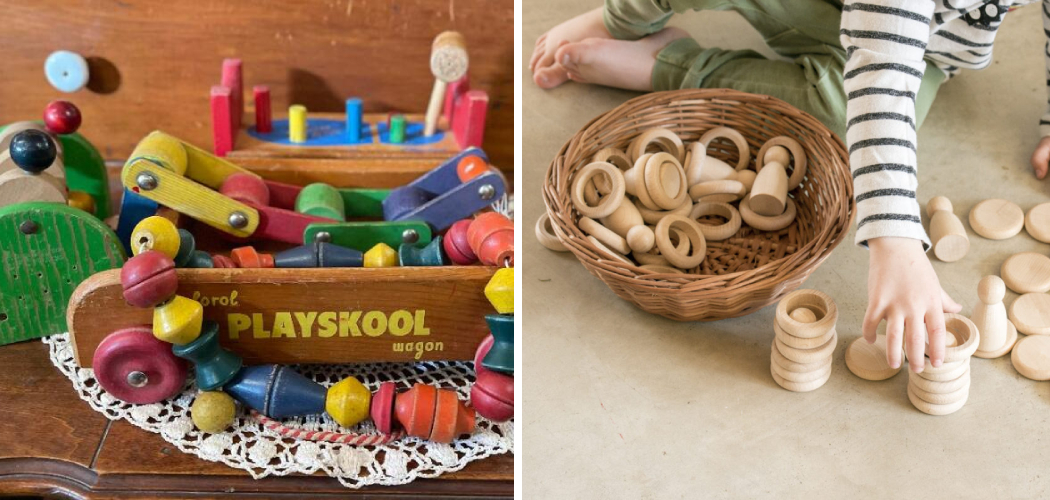Are you concerned about the safety and hygiene of your child’s wooden toys? Understandably so! With the rise of COVID-19, parents are worried now more than ever about germs spreading among their kids and families.
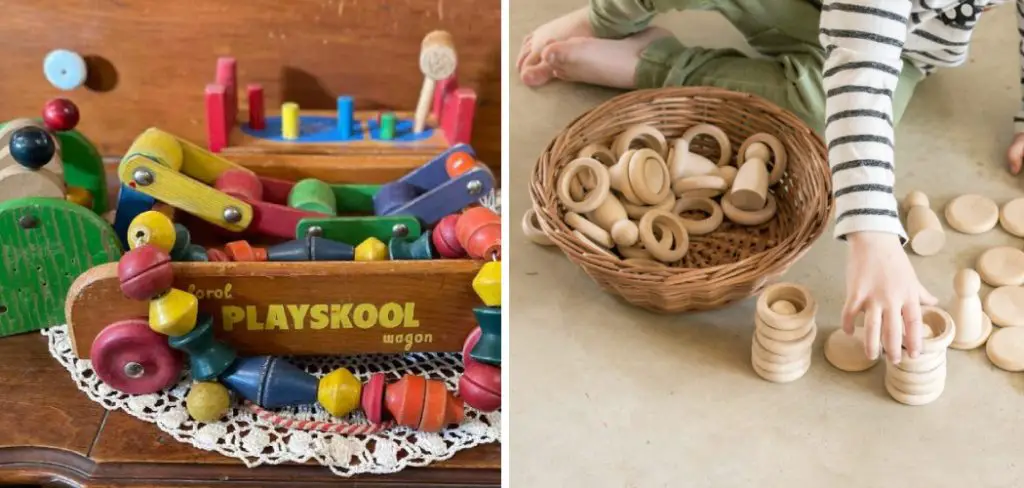
Sanitizing surfaces to prevent infection has become increasingly important, which is why we’ve put together this guide on how to sterilize wooden toys. In it, you will find tips for keeping those beloved blocks and trains as safe and clean as possible—without having to give them up entirely! Read on for an easy go-to resource when it’s time to keep your kiddo’s playthings spick-and-span.
Step-by-Step Guidelines on How to Sterilize Wooden Toys
Step 1: Preparing the Toys
The first step in sterilizing wooden toys is to give them a good cleaning. Start by wiping down the surfaces of each toy with a damp cloth and some mild dish soap or baby-safe detergent. This will help remove built-up dirt, grime, and germs before you proceed with sterilization. Be sure to get into all the nooks and crannies of each toy for a thorough clean. Then, rinse the toys off with water and let them air dry.
Step 2: Selecting the Right Method
The next step is to choose the best method for sanitizing your wooden toys. The most common methods are boiling and using a microwave. Boiling requires submerging the toys in boiling water for at least 10 minutes, while a microwave needs to be set on “high” and run for 3 to 4 minutes. You can also choose to use an antibacterial spray or UV light sanitizer. For a more natural approach, you can also opt for white vinegar and hydrogen peroxide solutions instead.
Step 3: Sanitizing the Toys
Once you’ve selected the method you’d like to use, it’s time to sanitize! Follow the instructions for your chosen method and be sure not to skip any steps. For boiling, make sure that all of the toys are completely submerged in boiling water for 10 minutes. When using a microwave, be sure to set it on “high” and run for at least 3 minutes. For an antibacterial spray or UV light sanitizer, follow the instructions included in the product.
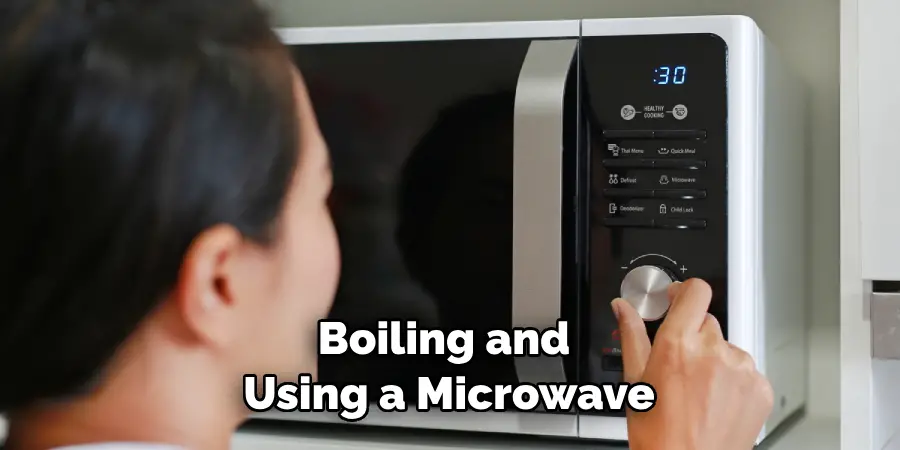
Step 4: Finishing Touches
After you’ve finished sterilizing your wooden toys, there are a few more steps you can take to ensure their safety and cleanliness. Make sure the toys are completely dry before storing them away, as moisture can cause mold and mildew growth over time. You may also want to consider coating them with an all-natural wood sealer for extra protection against germs and bacteria.
Sanitizing wooden toys doesn’t have to be a daunting task. With the right tools and steps, you can keep your kids’ playtime as safe and clean as possible. We hope this guide has been helpful in giving you a better understanding of how to sterilize wooden toys!
Additional Tips and Tricks to Sterilize Wooden Toys
1. Try using a mild detergent to clean the toys. This will help remove any dirt or other particles that may have accumulated on the surface, as well as any bacteria that could be present.
2. When sterilizing wooden toys, it is important to avoid cleaners or soaps that contain bleach or chlorine, which can damage the wood over time.
3. If possible, try to air dry the toys after sterilizing them. This will help reduce the chance of bacteria and mold growth.
4. In addition to sterilizing wooden toys, it is important to inspect them regularly for any signs of wear or damage. If any pieces are broken or cracked, they should be replaced immediately to avoid any potential hazards.
5. Consider investing in a few extra wooden toys to rotate in. This will help keep your collection fresh and make sure that all of the toys are getting cleaned and sterilized regularly.
6. It is also a good idea to store wooden toys in a dry place away from direct sunlight or moisture, which can cause damage over time.
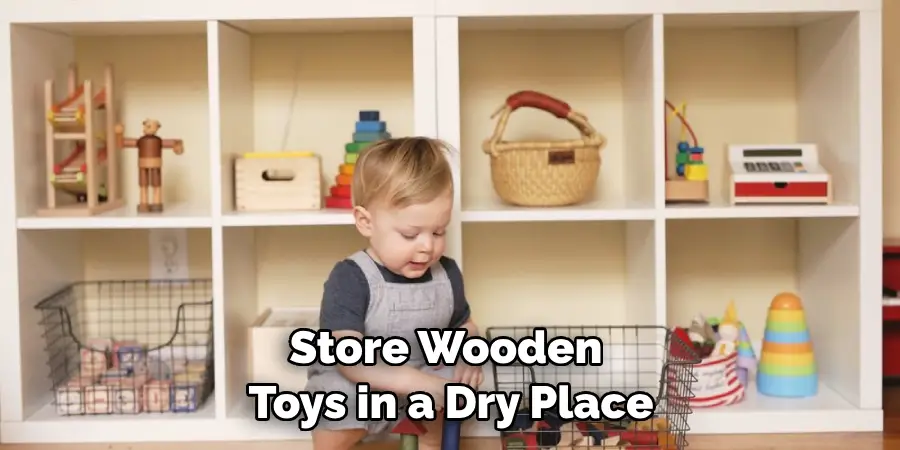
7. Finally, always read the manufacturer’s instructions for cleaning and sterilizing wooden toys before use. This will help ensure that you are using the best practices for keeping your child’s playthings clean and safe.
By following these tips and tricks, you can help ensure that your child’s wooden toys are kept in a safe and sanitary condition. This is especially important for children who have allergies or sensitivities to certain substances, as some chemicals used in cleaning products may cause irritation or other reactions. With the proper care and maintenance, wooden toys can last a long time and provide hours of fun for your little ones. Happy playing!
Things You Should Consider to Sterilize Wooden Toys
1. Sanitizing Wooden Toys:
Before you begin the process of sterilizing wooden toys, make sure that all surfaces of the toy are clean and free from dirt or debris. You can use a mild detergent to remove any dust or grime that may be on the toy’s surface. Once cleaned, you should also consider applying a sanitizer such as rubbing alcohol or diluted bleach. Make sure to follow the instructions on the label of your chosen product and use caution when applying it to the toys.
2. Disinfecting Wooden Toys:
The best way to disinfect wooden toys is by using a hot water wash, sanitizing spray, or steam cleaner. When washing wooden toys with hot water, make sure to use a mild detergent and keep the water temperature at 140°F (60°C) or lower. When using a sanitizing spray, make sure to follow the instructions on the label of your chosen product. For steam cleaners, you can set the temperature between 160–212°F (71–100°C).
3. Drying Wooden Toys:
Once you have washed or sanitized the wooden toys, you should dry them immediately with a clean and dry cloth. This will help to reduce any bacteria that may be present on the toy’s surface. In addition to this, if your wooden toys were soaked in a sanitizer solution, make sure to rinse them thoroughly before drying.
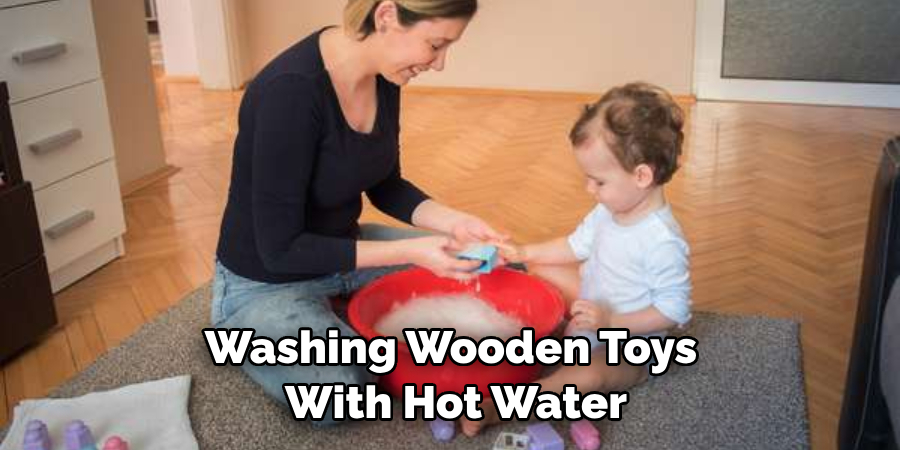
4. Disposing of Wooden Toys:
If your wooden toys have become too worn or damaged, it is important to dispose of them properly. To do this, you should take the toy apart and discard any plastic parts in the regular garbage bin. However, be sure to check with your local recycling guidelines before disposing of these items. For wood pieces, you can either donate them to a charitable organization or take them to your local recycling center.
Following these considerations will help to ensure that wooden toys are kept safe and clean for your children. Regularly cleaning and sanitizing the toys is important to prevent germs from building up on them.
If you do notice any damage or wear, make sure to replace the toy right away rather than try to repair it yourself. Finally, always be sure to keep an eye on your child while they are playing with wooden toys and supervise them to ensure their safety.
Frequently Asked Questions
What Type of Water Should I Use for Sterilizing Wooden Toys?
You should always use freshly boiled and cooled water when sterilizing wooden toys. Cold tap water may contain bacteria that could contaminate the toys, so boiling it first is a good precautionary measure. Additionally, never use hot tap water or microwaved water for sterilizing wooden toys.
How Often Should I Sterilize Toys?
It is not necessary to routinely sterilize your child’s wooden toys, but doing so periodically is a good way to keep them clean and free of contaminants. The frequency of how often you should sterilize the toys depends on how often they are used. Generally speaking, it’s a good idea to sterilize them at least every two to three weeks.
How Can I Make Sure the Toys Are Completely Sterilized?
To ensure that your wooden toys have been thoroughly sterilized, you should let them soak in boiling water for at least ten minutes. After that, carefully remove the toys from the boiling water and allow them to cool down before handling. Additionally, you should dry them with a clean towel or air-dry them completely before allowing your child to play with them.
Are There Any Other Tips for Sterilizing Wooden Toys?
When sterilizing wooden toys, it’s important to handle them carefully to avoid damaging or splintering the wood. If you’re using a cloth towel, make sure it is lint-free and non-abrasive so as not to scratch the surface of the toys.
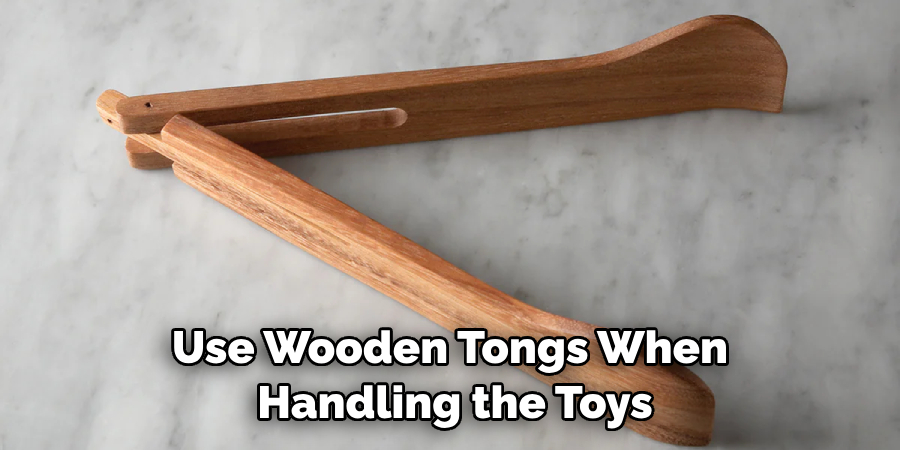
Additionally, always use wooden tongs when handling the toys after boiling them. This will help ensure that no bacteria is transferred from your hands onto the toys. After they are completely cooled and dried, you can store them in a dry, sealed container to ensure that no dirt or debris gets on them.
Conclusion
All in all, knowing how to sterilize wooden toys is an important part of keeping your children’s toys safe and clean. By following the steps above, you can ensure that your wooden toys are free of bacteria and other contaminants so that your child can enjoy them for many years to come.
It’s also a good idea to inspect each toy periodically for any signs of wear or damage and replace them as needed. With proper care, your child’s wooden toys can provide hours of playtime fun for many years to come!

